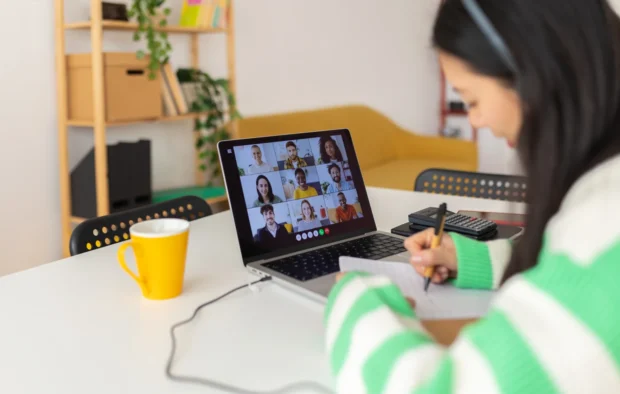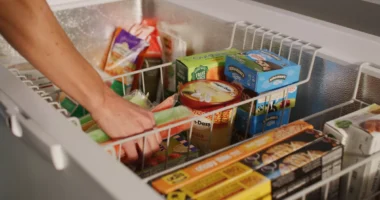In today’s continually developing educational landscape, teachers, especially language teachers, face a prime question: Is it worth investing time and effort into creating your own teaching materials? With a wide range of ready-made resources available online and in textbooks, some educators may wonder if developing custom content is necessary.
However, many experienced tutors, including an online Russian teacher, would argue that crafting your own materials is not just worthwhile — it can transform your teaching methods and approach, and elevate student outcomes. Let’s explore the reasons why.

Tailoring Content to Meet Student Needs
No two students are exactly alike. They come with diverse backgrounds, learning styles, goals, and interests. Pre-made materials often satisfy a general audience and may not always address specific needs.
Creating your own materials gives you the flexibility to adapt content to different proficiency levels, focus on specific skills (e.g., speaking, writing, business vocabulary), integrate student interests into lessons (e.g., hobbies, professions, goals) and include culturally relevant examples and topics. All these factors make learning more engaging, effective, and personal especially for one-on-one or small group lessons.
Reflecting Your Teaching Style and Philosophy
Every teacher has a unique teaching style. Your own materials allow you to express your creativity and teaching approach. Whether you prefer a communicative method, task-based learning, or storytelling, designing your own content ensures your materials reflect your methodology and classroom values.
Moreover, personalized materials can help build your professional identity, especially if you’re teaching online or branding yourself as a freelance educator. Students are more likely to remember and recommend a tutor who uses original, well-thought-out resources.
Enhancing Student Motivation and Engagement

Students often respond more positively to materials that feel relevant and purposeful. If learners see their names in dialogues, or if the vocabulary is related to their job or lifestyle, they’re more likely to participate actively and retain information.
Custom-made activities like games, role plays, or project-based tasks can also be designed to match students’ preferences, making the learning process more dynamic and fun. This boosts motivation, which is a key driver of language acquisition.
Saving Time in the Long Run
At first, creating your own materials may seem time-consuming. But once you build a library of adaptable resources like grammar worksheets, vocabulary games, reading texts, or listening exercises you’ll have a reusable toolkit for years to come.
These materials can be updated, expanded, and improved over time. You can also organize them by topic or level, making it easy to personalize each lesson quickly. What starts as a time investment can become a major time-saver.
Building Professional Opportunities

Original teaching materials can open new doors. Well-designed resources can be used not only in your own classroom but also as part of:
- online courses;
- ebooks;
- YouTube lessons or podcasts;
- blog content;
- paid downloads on educational platforms (e.g., Teachers Pay Teachers, Gumroad).
By sharing or selling your content, you can grow your online presence, gain respect among your colleagues, and even earn passive income.
Encouraging Continuous Growth
Designing your own materials pushes you to think deeply about language, pedagogy, and lesson design. You’ll find yourself researching grammar points more carefully, reading about teaching methods, and staying updated on educational trends.
This ongoing process of reflection and creativity helps you develop as a teacher, keeping your lessons fresh and intellectually stimulating.
Challenges to Consider
Despite all the benefits, creating your own materials also comes with some challenges:
- Time and energy. It can take hours to create quality materials, especially when starting out.
- Design skills. You might need to learn basic graphic tools like Canva or PowerPoint to make your materials visually appealing.
- Information overload. With so many ideas online, it’s easy to get overwhelmed or stuck in “perfection mode.”
To overcome these challenges, start small. Customize an existing worksheet. Create one original lesson plan per week. Use templates to save time. And most importantly, focus on progress, not perfection.
So, is it worth creating your own teaching materials? Absolutely, if you’re aiming to become a more effective, distinctive, and engaged educator. While it does require effort, the long-term rewards are significant. You’ll have more control over your lessons, create better learning experiences for your students, and grow professionally.
Whether you’re teaching in a classroom, online, or independently, your materials can become your signature, something that sets you apart and adds real value to your teaching journey.




